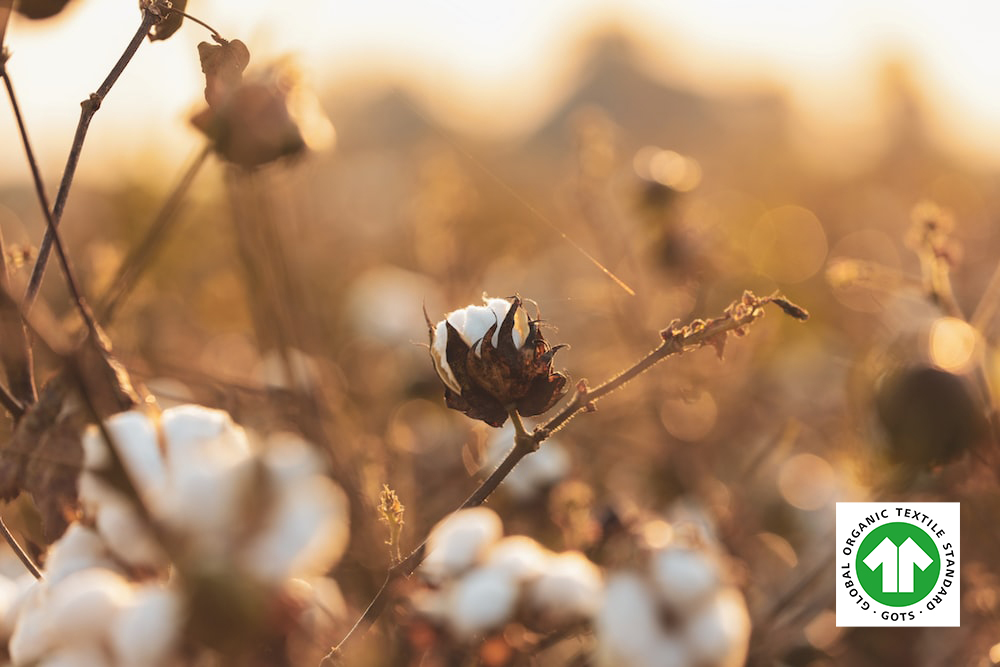Views: 12 Author: Site Editor Publish Time: 2024-01-08 Origin: Site










Check for certifications from reputable organizations, such as the Global Organic Textile Standard (GOTS) or USDA Organic. These certifications ensure that the entire production process, from farming to manufacturing, meets strict organic standards.

Ensure that the fabric is made from 100% organic cotton. Some products may be labeled as organic, but they might contain a blend of organic and conventional cotton or other fibers.
Examine product labels and documentation for clear information regarding the organic certification. Legitimate organic cotton products should provide details about the certifying body and the percentage of organic content.

Organic cotton fabric should maintain the soft and natural feel characteristic of cotton. It should be smooth to the touch, and the fibers should be consistent without any roughness or irregularities.
Consider the color of the fabric and the dyes used. Organic cotton products often use environmentally friendly and low-impact dyes to minimize the ecological footprint. Look for certifications related to eco-friendly dyeing practices.
Research the manufacturer's or brand's overall commitment to sustainability. Companies that prioritize sustainability may provide information on their farming practices, water usage, and waste reduction efforts.
Look for transparency in the supply chain. Brands committed to organic and sustainable practices are often open about their sourcing, manufacturing, and processing methods. Websites or product tags may provide information about the company's values and practices.
While organic cotton products may be priced slightly higher than conventional counterparts, be cautious if the price seems too good to be true. High-quality organic cotton and sustainable practices may contribute to a higher production cost.
Check customer reviews and the reputation of the brand or manufacturer. Positive reviews and a good reputation can be indicators of a trustworthy and quality product.
Familiarize yourself with the specific requirements of organic certifications. Understanding the criteria set by organizations like GOTS or USDA Organic will empower you to make informed decisions.






